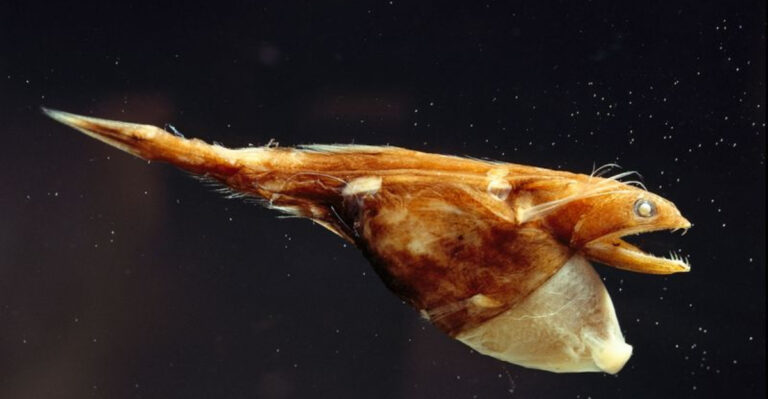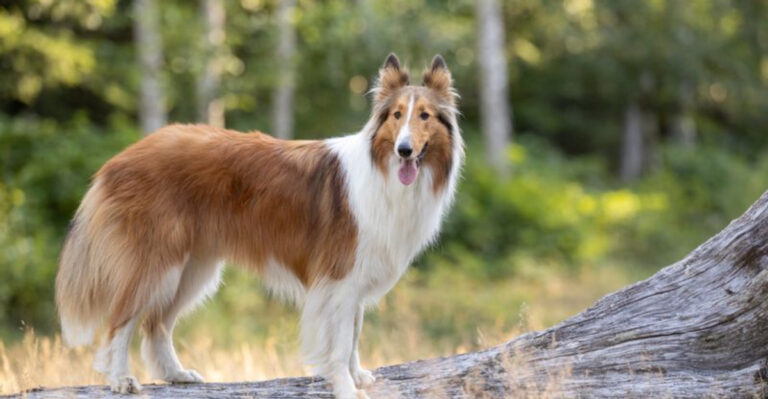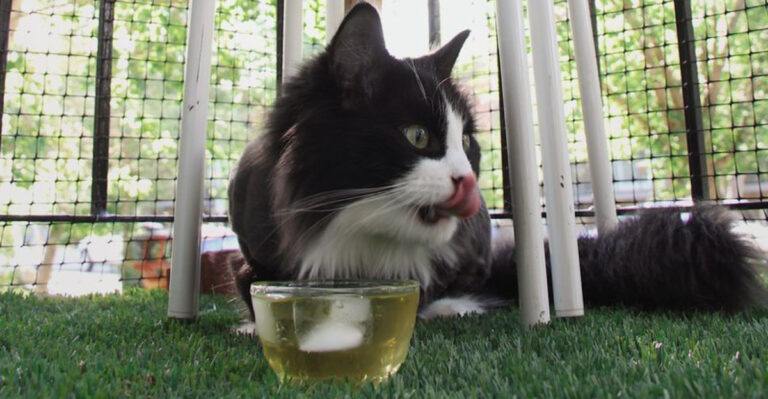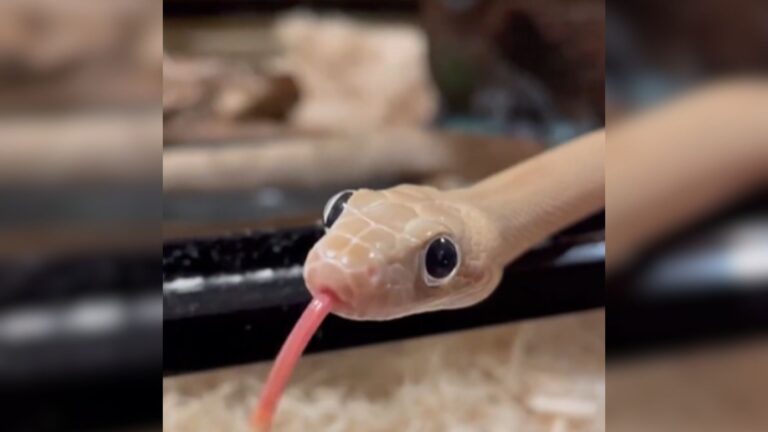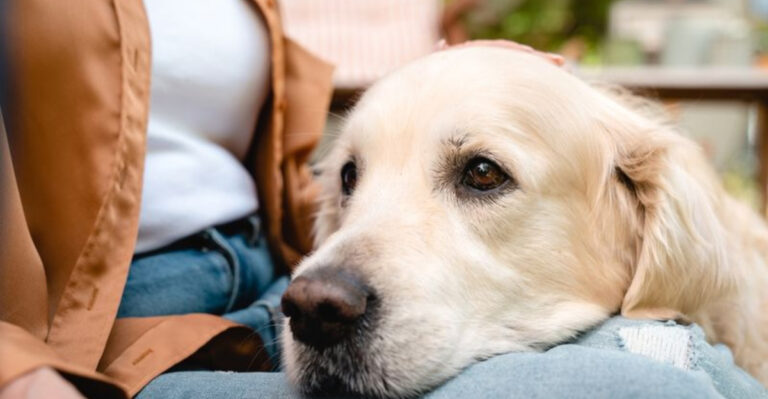12 Reasons Why Otters Hold Hands
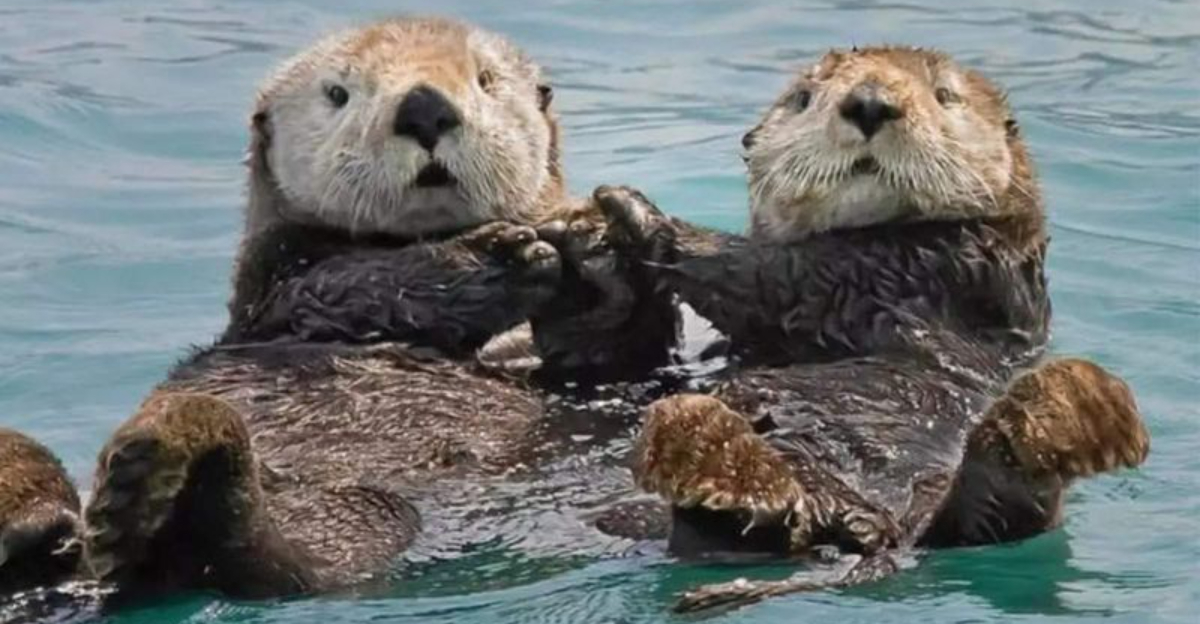
Otters are undeniably charming, and their quirky hand-holding behavior only adds to their appeal. This seemingly simple act serves multiple purposes in the wild, from maintaining family unity to ensuring safety.
1. To Stay Together While Sleeping

While otters may seem carefree, they have clever strategies to ensure they stay close at all times. Holding hands while sleeping is one of them.
This touching gesture prevents them from drifting apart in their sleep, keeping them and their family members together. Floating peacefully on the water, they demonstrate nature’s ingenuity. It’s a heartwarming sight that reminds us of the bonds that matter most.
2. Strengthening Social Bonds
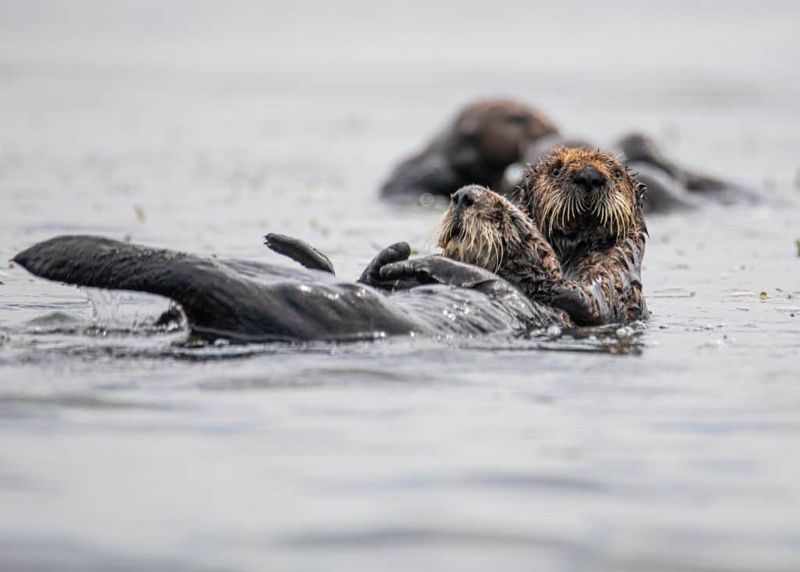
Beyond practical reasons, otters hold hands to strengthen their social bonds. They thrive in their communities, and hand-holding rituals help them maintain these connections.
Through this affectionate gesture, they express camaraderie and trust, laying the foundation for cooperation within the group. It’s as if they’re saying, “We’ve got each other’s backs.” This behavior showcases the profound relationships they form with one another.
3. To Avoid Losing Each Other In Strong Currents
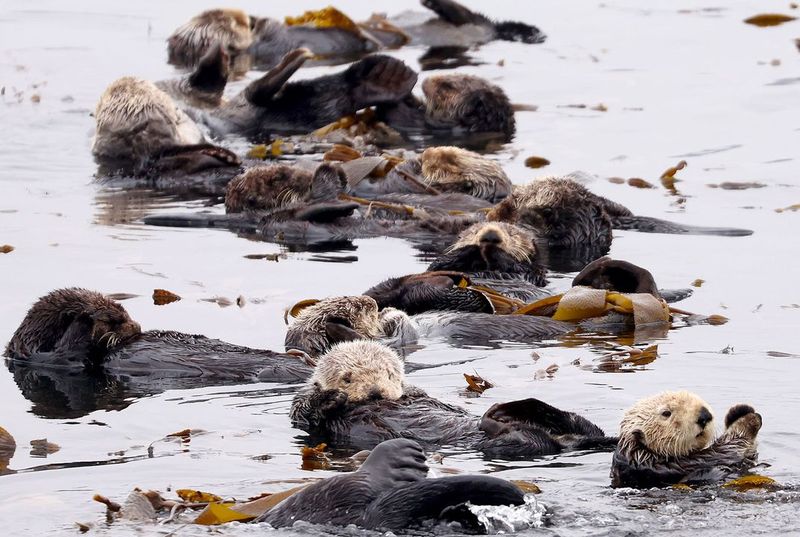
In turbulent waters, otters face the risk of separation. Holding hands becomes a lifeline, tethering them to their companions.
The tumultuous currents pose a constant threat, but through this simple act, they ensure no one is left behind. It underscores their resilience and adaptability, turning adversity into an opportunity for cooperation. Witnessing this unity in the face of nature’s challenges is inspiring.
4. To Keep Young Otters Safe

By holding hands with their young, they keep them secure in the water. It’s a nurturing practice, providing safety and reassurance.
Young otters are vulnerable to drifting away, but their mothers’ gentle grasp keeps them protected. This maternal instinct illustrates the fierce love and protection otters have for their offspring.
5. A Sign Of Affection
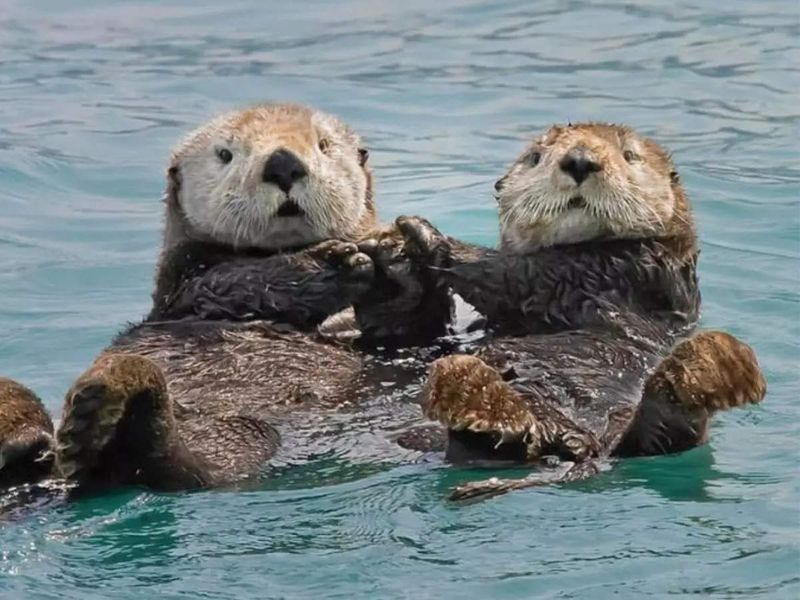
Hand-holding among otters isn’t just practical; it’s a tender gesture of affection. Mated pairs often engage in this behavior, solidifying their emotional connection.
It’s a display of attachment and companionship, akin to humans holding hands with loved ones. This charming habit shows the softer side of otters, reflecting their capacity for love and bonding. It’s a reminder of the universal language of affection in the animal kingdom.
6. Preventing Drifting Apart
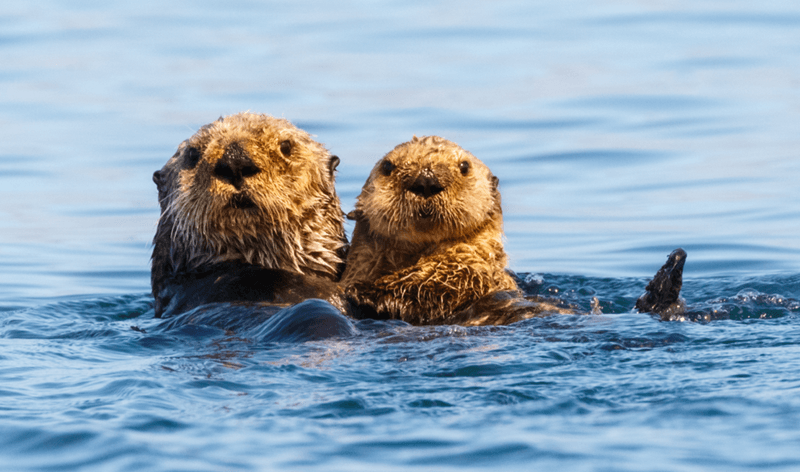
Despite being adept swimmers, otters holding hands while floating prevents them from drifting apart in open waters.
This behavior underscores the importance of staying connected, even in vast expanses. It illustrates their desire for proximity and security. In their watery world, it’s a smart move that reflects their instinctual understanding of the environment. This act of unity is both practical and poignant.
7. To Signal Family Unity
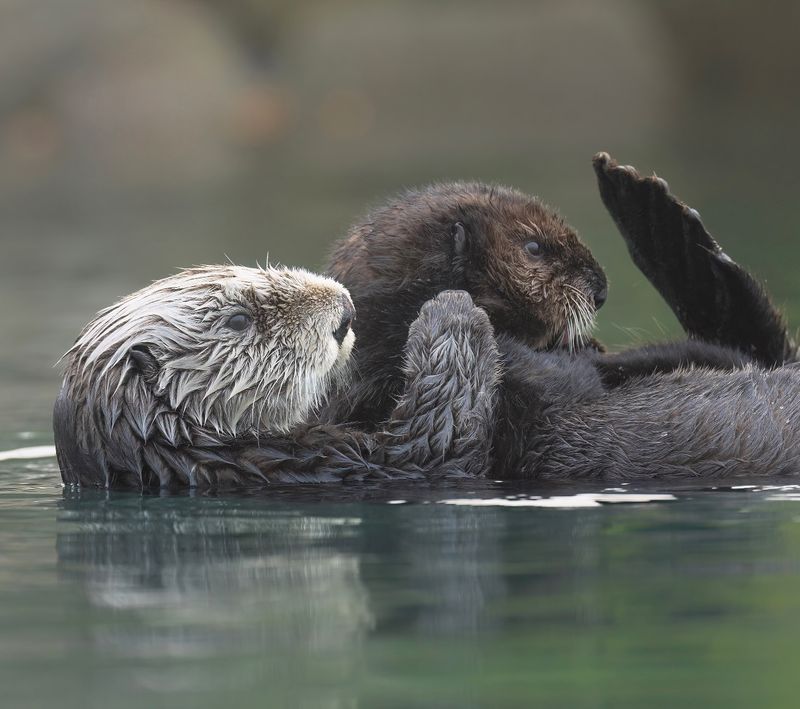
Holding hands serves as a powerful symbol of unity among otters. It’s a way to signal their family bonds and cohesive teamwork.
In the wild, survival often depends on solidarity, and this gesture affirms their commitment to each other. It’s a visual representation of their family unit, functioning seamlessly together. This symbolism of unity and cooperation is a key to their thriving existence.
8. Safety During Feeding
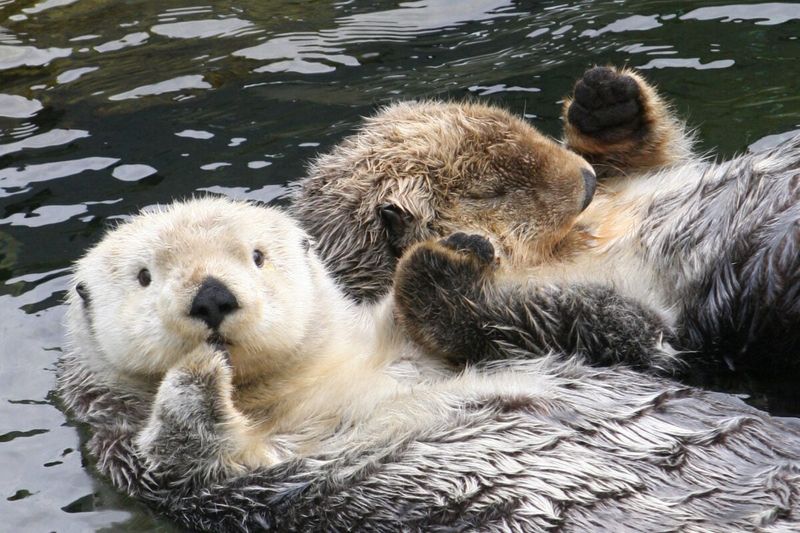
Feeding time in the water can be perilous, making hand-holding a vital practice for otters. By staying connected, they protect themselves from potential threats.
This cooperative behavior ensures they can focus on eating without losing sight of one another. It reflects their strategic thinking and highlights the importance of group safety. This simple act enhances their chances of survival amid the challenges of the wild.
9. A Display Of Cooperative Behavior
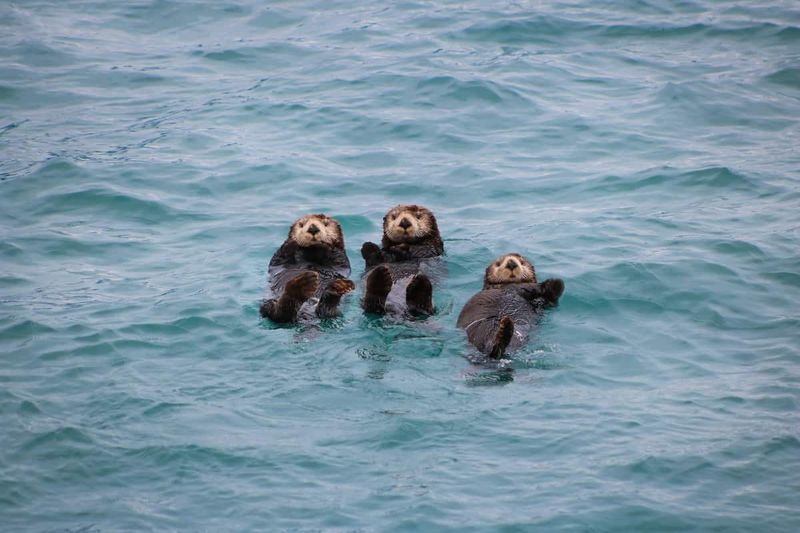
Hand-holding is more than just a practical measure for otters; it’s a demonstration of their cooperative spirit. By linking paws, they showcase their ability to work together.
This behavior enhances their survival prospects, emphasizing unity and collaboration.
10. To Avoid Distraction From Predators
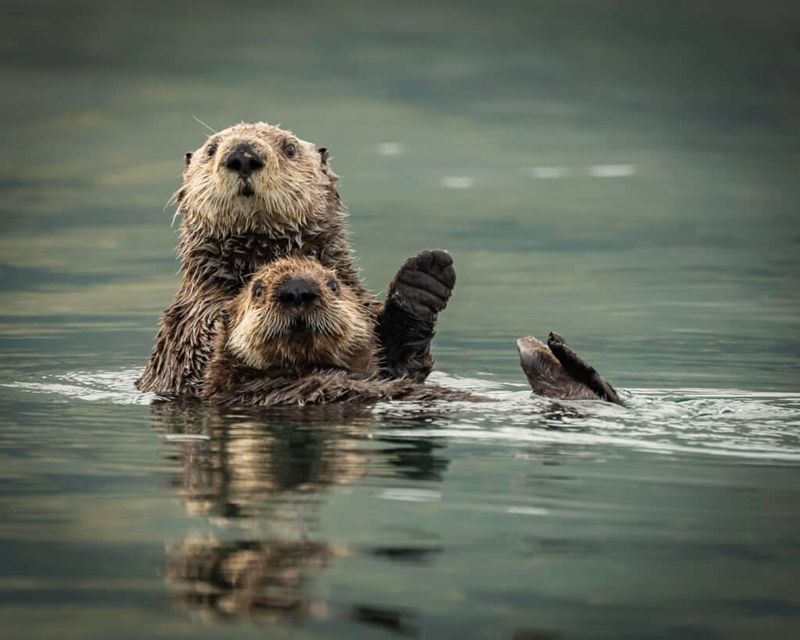
Otters, ever aware of their surroundings, use hand-holding to maintain focus and avoid distractions. This behavior helps them keep an eye on potential predators.
By staying connected, they enhance their awareness and collective vigilance. It’s a strategic approach to safety, focusing their attention on each other and their environment. Their alertness and teamwork serve as a natural defense mechanism.
11. To Protect Vulnerable Members
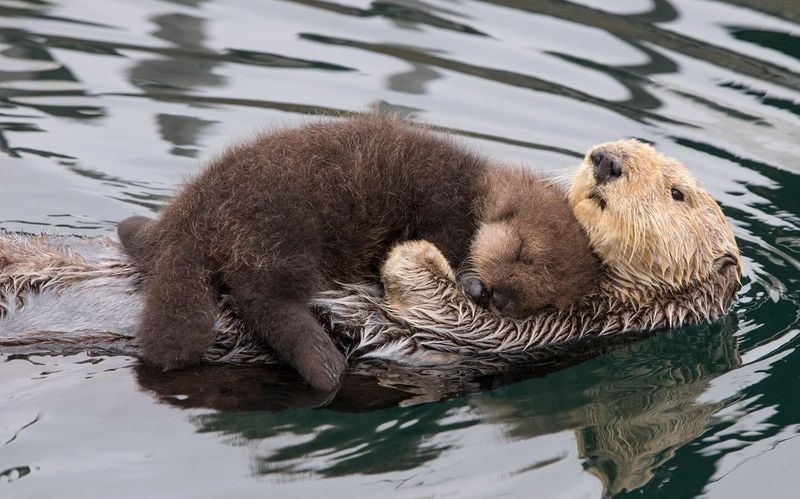
Within otter communities, vulnerable members, such as young pups, benefit from the protection of hand-holding. This practice keeps them safe and included.
It exemplifies the nurturing nature of otter groups, emphasizing care and protection for the less experienced. Their gentle embrace reflects a commitment to safeguarding the entire group. It’s both a protective measure and a gesture of inclusion.
12. To Maintain Emotional Comfort

Hand-holding offers emotional comfort for otters, creating a sense of peace and security. In unfamiliar or potentially dangerous waters, this behavior provides reassurance.
This mutual comfort strengthens their bonds, fostering a supportive community. It’s a gentle reminder of the emotional intelligence present within these delightful creatures, signaling tranquility in their world.


